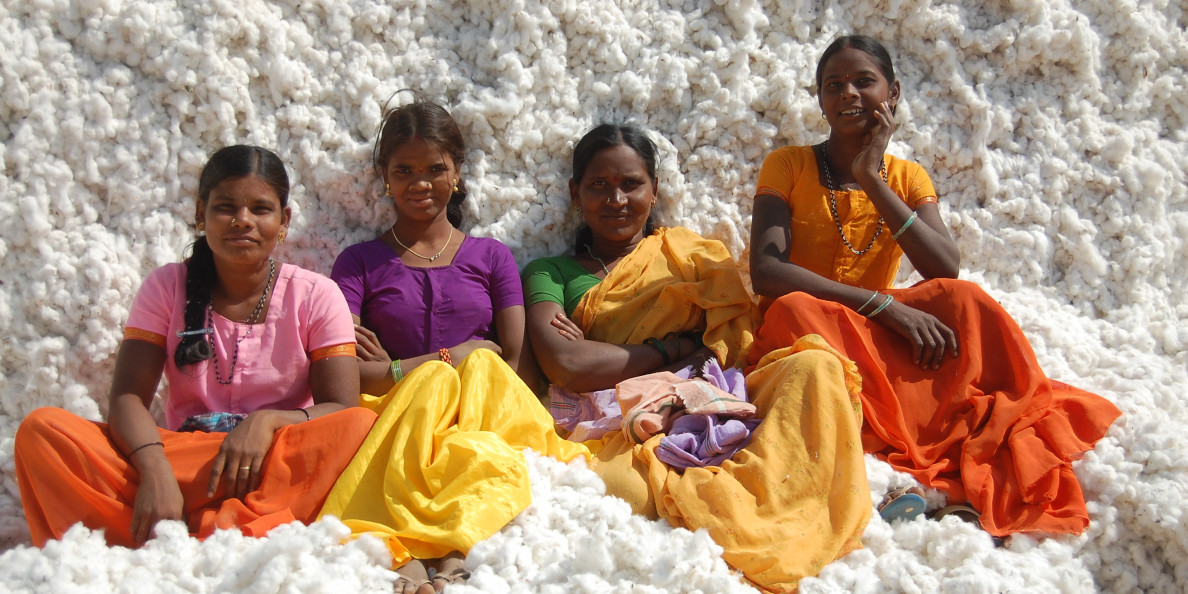On July 27, the Cotton Association of India (CAI) estimated this year’s Indian crop (October 1, 2019-September 30, 2020) to be 33.55 million bales (170 Kgs each) – about 550,000 bales higher than its previous estimate.
With cotton prices significantly lower than its price during January and February, the lack of full capacity utilization in spinning mills will add to cotton stocks, which may lower the price further, according to a few Indian spinning mill executives.
CAI predicts a carryover stock of 5.55 million bales.
“COVID-19 has reduced the consumer purchasing activity, which is the main reason for lack of uptick in the spinning sector,” stated Velmurugan Shanmugam, general manager of Jayalakshmi Textiles, based in Aruppukottai, India. This mill has 72,000 ring spindles and produces finer counts catering to sheeting materials and men’s wear fabrics.
As mills normally keep four months of stock, mills in India procured cotton in February when the 30-mm cotton was priced around Rupees 40,000 per candy (356 Kgs). Currently, spot price of this cotton has gone down, heightening stress in the spinning sector.
Due to lack of buyers, spinning and other textile segments are feeling the pinch in paying interest against working capital, adding uncertainty and stress, said Shanmugam.
Shanmugam and I agreed that India’s textile sector should use this COVID-19 scenario as an awakening and work towards enhancing its mass production capabilities and its product basket, which has been the case in China. The sector needs value-addition to the sector and new industrial applications for cotton.
All eyes are on cotton and yarn prices – and what consumers do within the next few weeks.
Dr. Seshadri Ramkumar is a professor in the Department of Environmental Toxicology and The Institute of Environmental and Human Health at Texas Tech University, and a frequent contributor to Cotton Grower.


